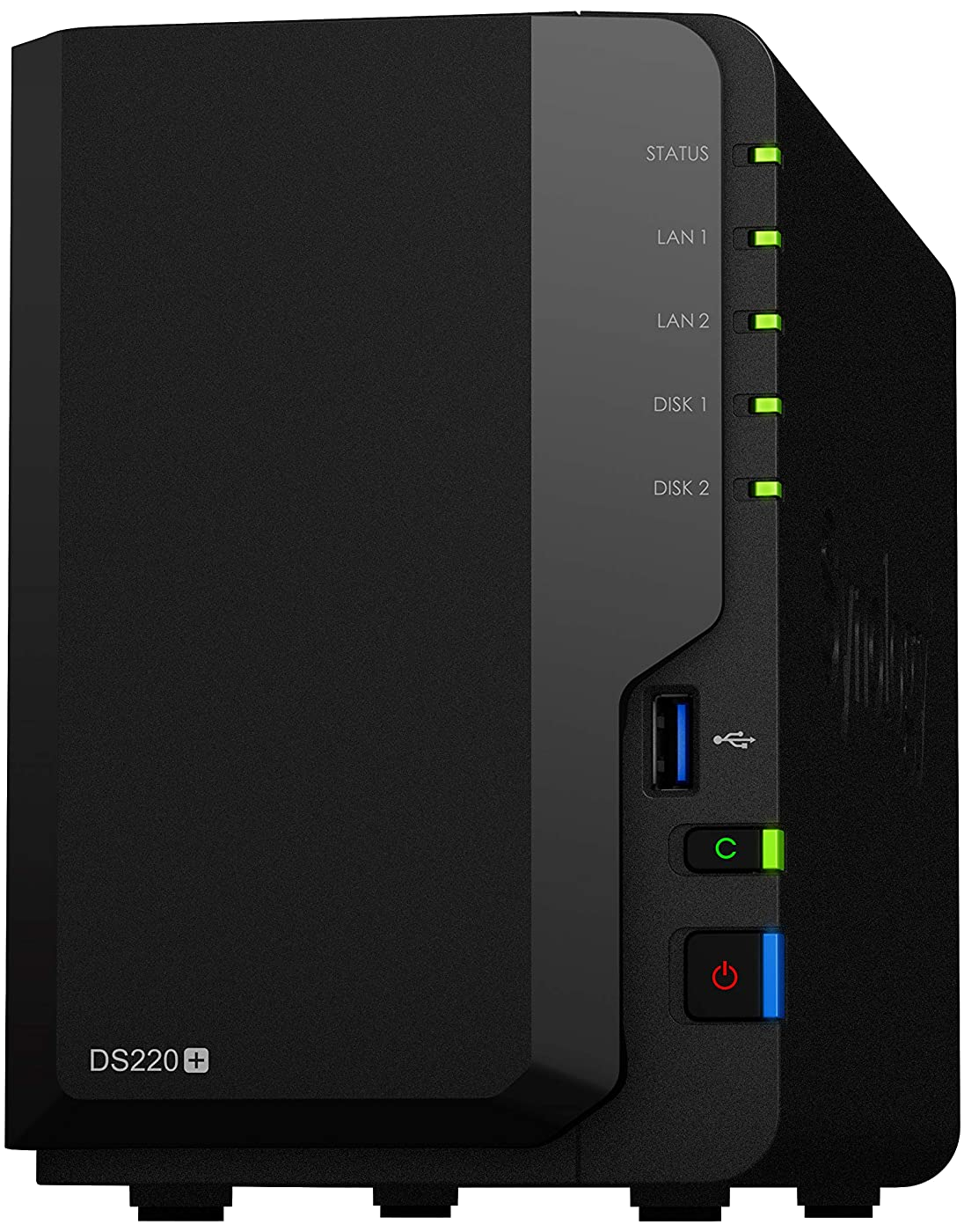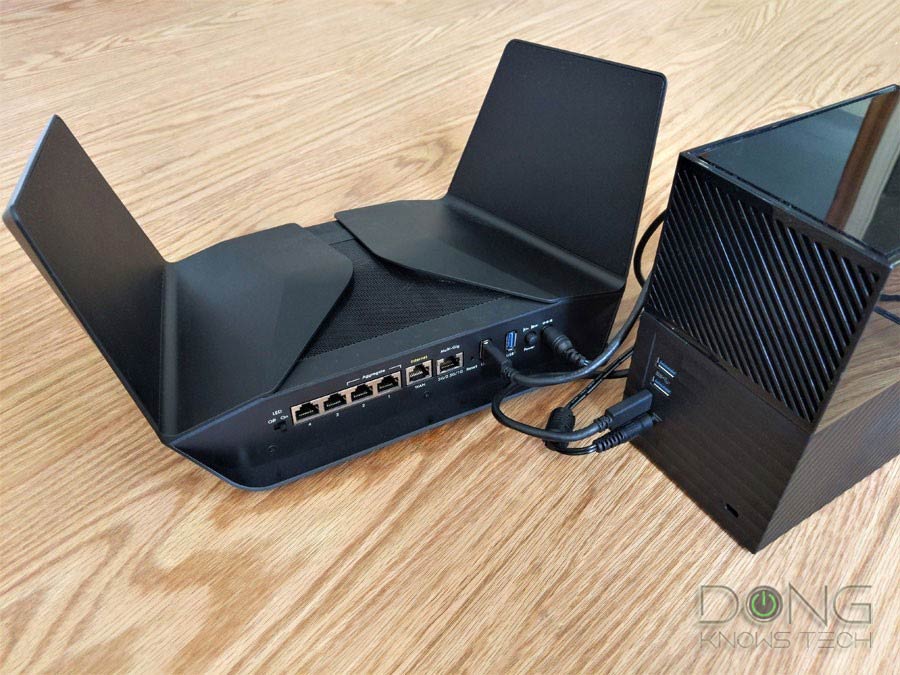
Other services that the router firmwares incorporate to make the most of the USB 3.0 ports that they incorporate are the following: Once we have seen the main services, we are going to see other services that routers also incorporate and that are very interesting. Wi-Fi cards such as the ASUS PCE-AX58BT, PCE-AC58BT or the Intel AX200 itself can achieve real speeds of approximately 120MB / s, so you can make the most of the USB 3.0 ports of your router if you have Wi-if 6 high perfomance. If the chosen router has Wi-Fi 6 with two antennas (or more), you should bear in mind that achieving speeds of 120MB / s via Wi-Fi is feasible. In this article we have already analyzed several routers that have achieved speeds of up to 150MB / s in reading and writing, therefore, the 110MB / s of the Gigabit Ethernet interface is really short. If you are going to use the USB 3.0 ports intensively with a wired computer, it would be interesting if the router has a 2.5GbE port, because high-end routers far exceed the maximum speed of the Gigabit Ethernet interface. Multigigabit ports and Wi-Fi 6 with 160MHz Therefore, it is recommended that your router has at least 512MB of capacity, although there are already high-end and top-of-the-range routers with 1GB of RAM, which will provide you with better performance. The RAM memory in a router is also very important, since, when we are transferring data with the USB 3.0 ports, the RAM memory is used intensively.



If you want to use your router as a NAS server and achieve read and write speeds around 100MB / s or more, it is absolutely necessary that your router has a latest generation processor, such as the Broadcom BCM6750KFEBG which is Tri-Core at 1.5GHz speed, although it would be much better if your router has the Broadcom BCM4908KFEBG which is Quad-Core at 1.8GHz. The main CPU plays a fundamental role in the read and write performance of the USB 3.0 ports, if we have a slow processor or with few cores, we will have a bottleneck and we will not get more than 50MB / s approximately. Once we have made sure that our router has USB 3.0 ports, or at least, a USB 3.0 port, the next thing we should take a good look at is the processor.


 0 kommentar(er)
0 kommentar(er)
